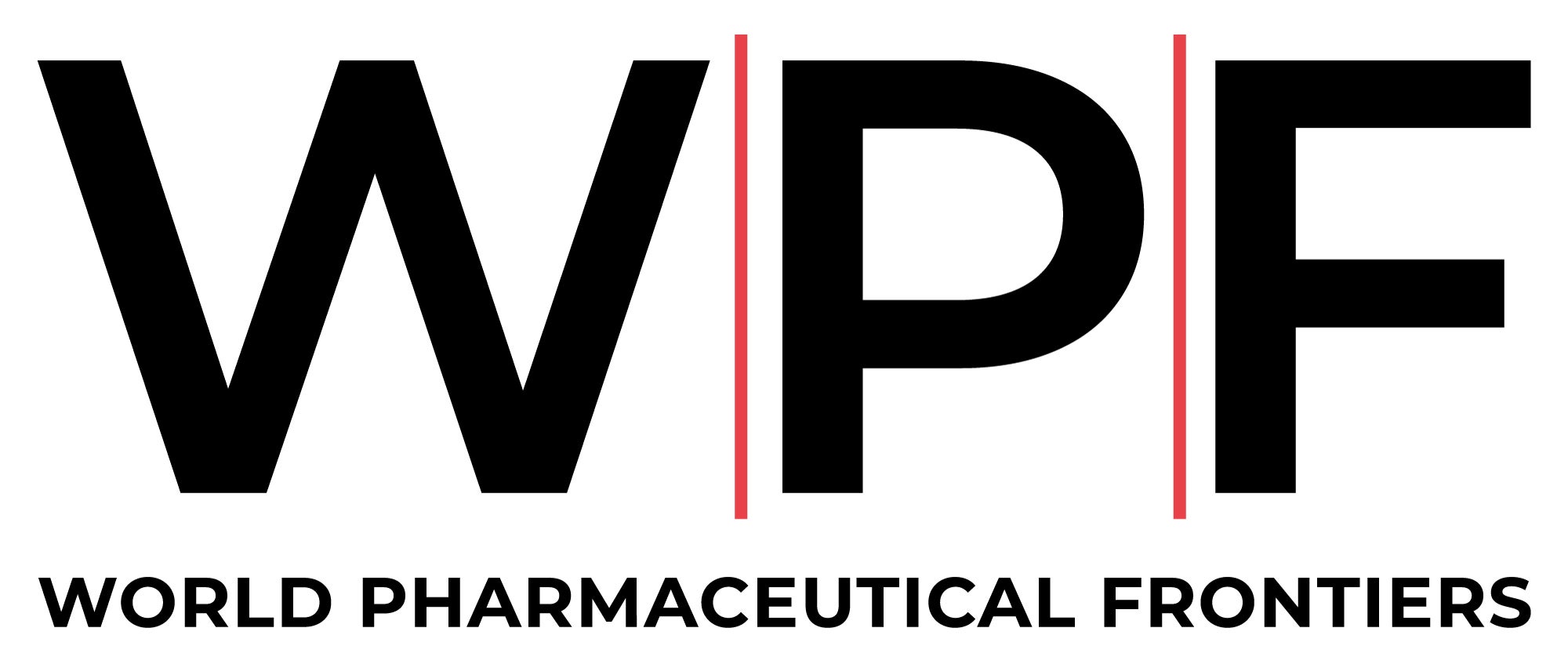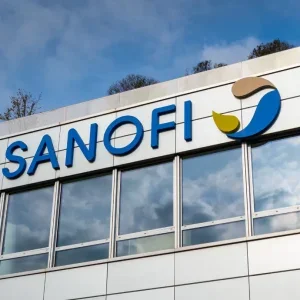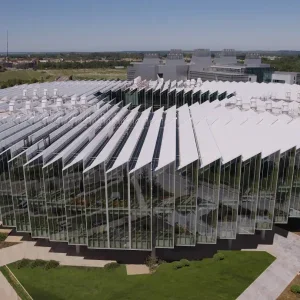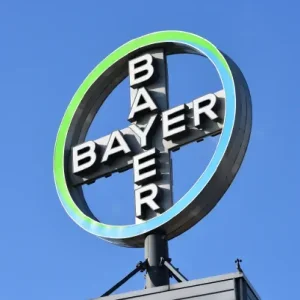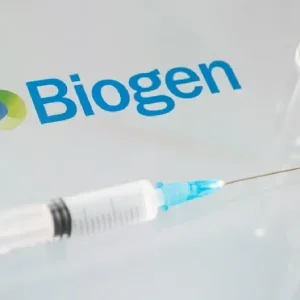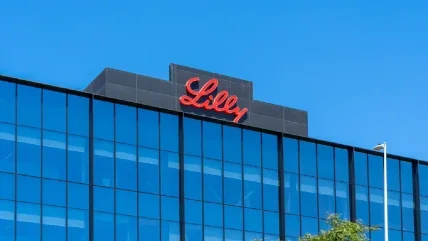
Eli Lilly and Company (Lilly) has reported a net income of $2.76bn, or $3.06 per diluted share, for the first quarter ended 31 March 2025 (Q1 2025), a 23% rise from $2.24bn, or $2.48 per diluted share, in the corresponding quarter of 2024.
The company’s net income declined by 37% compared to $4.41bn for the previous quarter, the fourth quarter of 2024 (Q4 2024).
Lilly reported a net revenue of $12.73bn for Q1 2025, a 45% increase compared to $8.77bn for Q1 2024, and a 6% decline compared to $13.53bn for Q4 2024.
The US drugmaker’s operating income for the quarter increased by 47% to $3.70bn from $2.51bn for the respective quarter the previous year.
The company’s income before taxes for Q1 2025 was $3.46bn, a 36% increase compared to $2.54bn for the same quarter in 2024.
Lilly attributed the revenue growth to a 53% increase in volume, which was partially offset by lower realised prices and unfavourable impact from foreign exchange rates.
Lilly CEO and chairman David Ricks said: “Lilly had a solid start to the year, with 45% year-over-year revenue growth driven by strong sales of Mounjaro and Zepbound.
“Our pipeline continued to deliver across key therapeutic areas, with product approvals in oncology and immunology, and the exciting success of our oral incretin, orforglipron, in the first of seven late-stage studies in diabetes and obesity.
“To support global demand for our newest medicines, we’re accelerating our manufacturing investments, as underscored by our recent announcement to build four new facilities.”
Lilly reported cost of sales of $2.22bn for Q1 2025, a 33% rise compared to $1.67bn for the respective quarter in the previous year.
The company reported research and development expenses of $2.73bn, an 8% increase compared to $2.52bn for the same period in 2024.
Its marketing, selling and administrative expenses were $2.47bn for the reported quarter, which increased by 26% compared to $1.95bn for the same quarter in 2024.
Earlier this year, Lilly announced its plans to invest $27bn in building four new pharmaceutical manufacturing plants in the US to boost its domestic drug production.
The investment, driven by potential drug import duties from the Trump administration, will increase the US drugmaker’s total capital expansion to more than $50bn since 2020.
